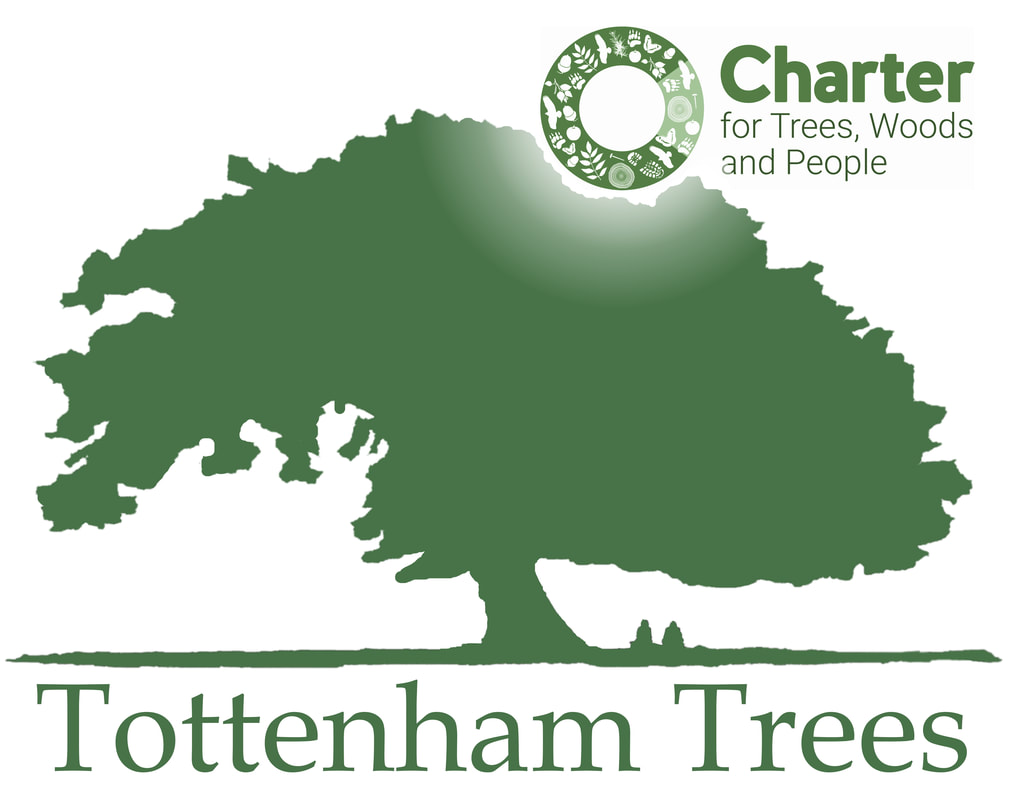- Locate all underground utilities prior to digging.
- Identify the trunk flare. The trunk flare is where the trunk expands at the base of the tree. This point should be partially visible after the tree has been planted.
- Dig a shallow, broad planting hole. Holes should be 2-3 times wider than the root ball, but only as deep as the root ball.
- Remove the containers or cut away the wire basket. Inspect container tree root balls for circling roots. Straighten, cut, or remove them.
- Place the tree at the proper height. Take care to dig the hole to the proper depth – and no more. If the tree is planted too deep, new roots will have difficulty developing because of a lack of oxygen.
- Straighten the tree in the hole. Before backfilling, have someone view the tree from several directions to confirm it is straight.
- Fill the hole gently, but firmly. Pack soil around the base of the root ball to stabilize it. Fill the remainder of the hole, firmly packing the soil to eliminate air pockets that may dry out roots. Further reduce air pockets by watering periodically while backfilling. Avoid fertilization at the time of planting.
- Stake the tree, if necessary. Studies have shown that trees establish more quickly and develop stronger trunk and root systems if they are not staked at the time of planting.
- Mulch the base of the tree. Mulch is organic matter spread around the base of a tree to hold moisture, moderate soil temperature extremes, and reduce grass and weed competition.Learn more about proper mulching
- Provide follow-up care. Keep the soil moist, but not water-logged. Water trees at least once a week, barring rain, and more frequently during hot, windy weather.
Ryan Tollefsen has sent this excellent resource on mulching - an important part of tree planting:
The Complete Guide to Mulch: Tips, Tricks, and Considerations for Beginners
The Complete Guide to Mulch: Tips, Tricks, and Considerations for Beginners
For further information on Trees and Tree Care: click here




